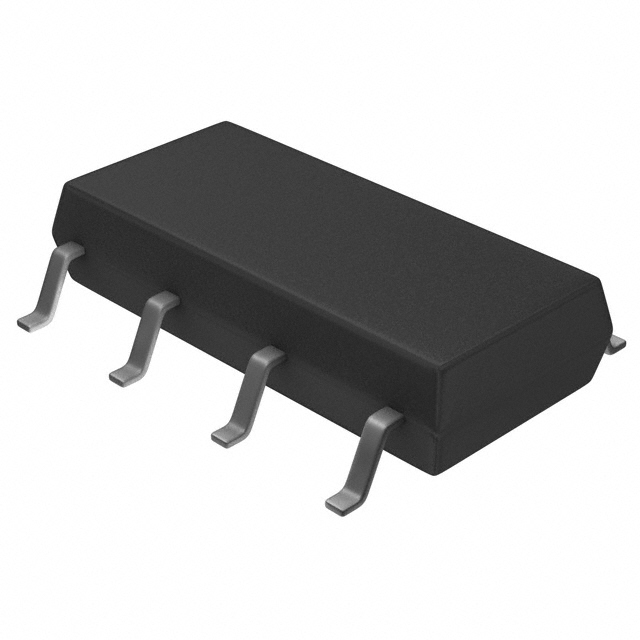PS, OCMOS Series, Solid State Relays
Results:
242
Manufacturer
Series
On-State Resistance (Max)
Load Current
Voltage - Load
Supplier Device Package
Package / Case
Circuit
Termination Style
Mounting Type
Voltage - Input
Output Type
Operating Temperature
Approval Agency
Results remaining:242
Applied Filters:
PS, OCMOS
About Solid State Relays
Solid-state relays (SSRs) are electronic switching devices that provide optical isolation and are designed to switch on or off when a small control voltage is applied across their input terminals. Unlike traditional electromechanical relays, SSRs are semiconductor-based and do not have any moving parts. They are available in various mounting options such as chassis, DIN rail, socket, and board mount, and are capable of switching both AC and DC loads up to 660 volts. When selecting an SSR, it is important to consider factors such as the load voltage, current ratings, and the specific switch circuit configuration required. SSRs are available in a variety of configurations including single-pole, single-throw (SPST), single-pole, double-throw (SPDT), double-pole, single-throw (DPST), and three-pole, single-throw (3PST). These different configurations allow for flexibility in meeting the specific switching requirements of a wide range of electrical circuits and systems. SSRs are commonly used in applications where the advantages of solid-state switching, such as long operational life, fast switching speeds, and high reliability, are preferred over traditional electromechanical relays. They find widespread use in industries such as industrial automation, HVAC systems, medical equipment, and power distribution systems. In summary, solid-state relays (SSRs) are optically isolated electronic switching devices that operate without moving parts and are capable of switching both AC and DC loads. When selecting an SSR, considerations such as load voltage, current ratings, and the required switch circuit configuration play a crucial role in ensuring compatibility with the intended application. With their solid-state design and various configuration options, SSRs are a popular choice for applications requiring reliable and precise control of electrical loads.

